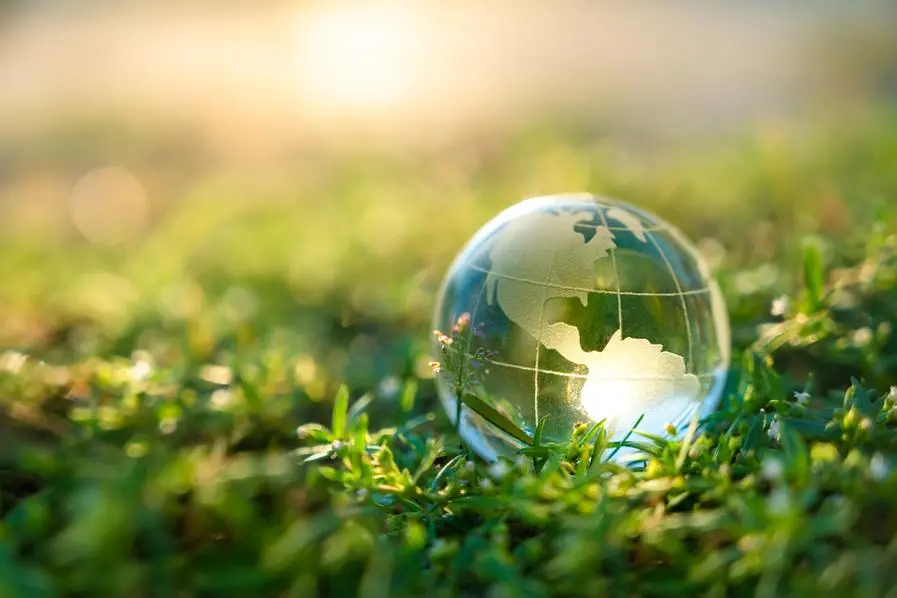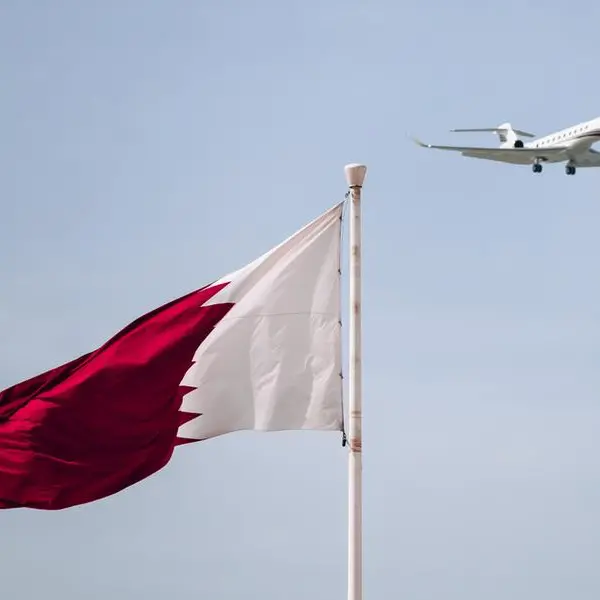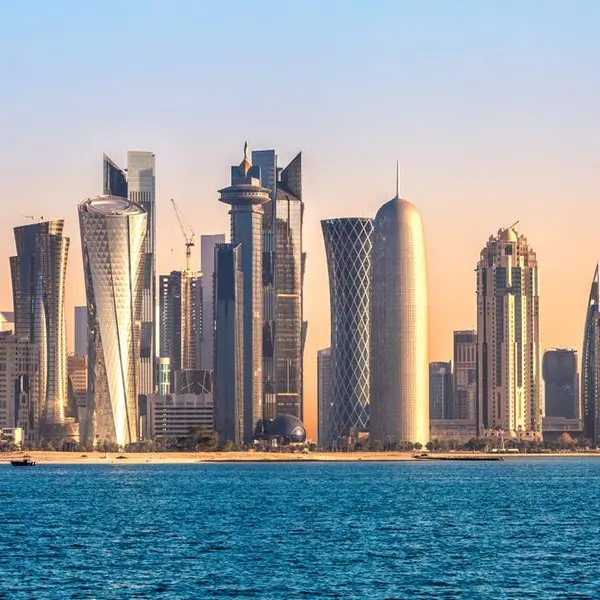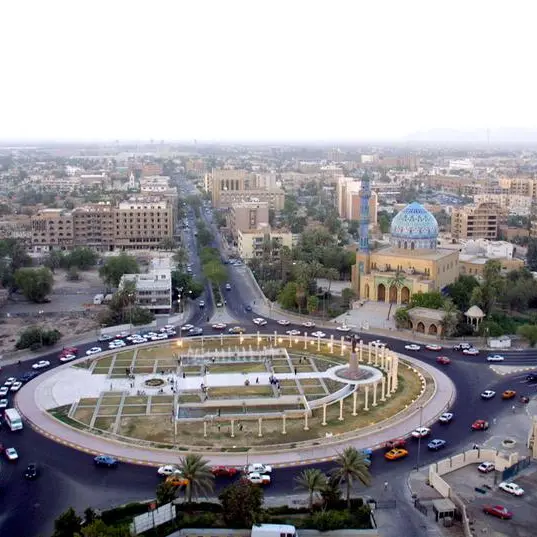PHOTO
Image used for illustrative purpose. Getty Images
Climate finance for developing countries continues to be overwhelmingly dominated by loans despite demands at COP28 in Dubai for more grant-based concessional finance and non-debt instruments.
Developed countries mobilised $115.9 billion in climate finance for developing countries in 2022 with public funds from bilateral and multilateral channels accounting for 80 percent of the total, according to OECD’s latest report titled ‘Climate Finance Provided and Mobilised by Developed Countries in 2013-2022.’
Within public climate finance, multilateral public climate finance grew the most between 2013 and 2022, with a $35 billion (226 percent) increase driven by multilateral development banks (MDBs). Bilateral public climate finance grew by $18.5 billion (82 percent) over the same period. Private finance mobilised by public climate finance, for which comparable data are only available from 2016, grew from $14.4 billion in 2021 to $21.9 billion in 2022 (a $7.5 billion or 52 percent increase), following several years of relative stagnation.
However, over the period 2016-2022, loans represented the lion’s share of public climate finance – in 2022, loans accounted for 69 percent ($63.6 billion) of finance provided, grants constituted 28 percent ($25.6 billion), while volumes of equity investments (whether in companies, projects, or funds) remained small.
During the 2016-2022 period, close to 90 percent of financing provided by MDBs took the form of loans with relatively large individual project sizes). In contrast, the mix was comparatively more balanced for multilateral climate funds (39 percent loans, 54 percent grants) and bilateral providers (57 percent loans, 39 percent grants), both of which tend to fund a relatively larger and more diverse range of activities and projects
However, during the same period, growth in grants outpaced that of public loans. The OECD study found that annual grants by MDBs more than doubled with a 109 percent increase, rising by $13.4 billion, while public loans grew by 91 percent, increasing by $30.3 billion.
Loans represented 92 percent, 87 percent and 85 percent of public climate finance among high-income -income countries (HIC), upper-middle countries (UMIC) and lower-middle-income countries (LMIC) from 2016 to 2022. On the other hand, grant financing was significantly higher in lower-income countries (LIC), where it accounted for 64 percent of total public climate finance provided, owing to specific needs (e.g., adaptation, capacity building) as well as circumstances (riskier and fewer projects with the ability to pay back debt).
Adaptation v/s Mitigation
Mitigation finance accounted for the majority of climate finance provided and mobilised in 2016-2022. Mitigation finance, which grew by $27.7 billion between 2016 and 2022, accounted for 60 percent ($69.9 billion) of the total in 2022 whereas adaptation accounted for 28 percent ($32.4 billion). The OECD report noted that the share of adaptation finance registered a progressive increase from 17 percent in 2016 to 25 percent in 2019 to 28 percent in 2022, owing to a $22.3 billion increase over 2016-2022.
Cross-cutting activities that address both mitigation and adaptation also grew, from $6.2 billion in 2016 to $13.6 billion in 2022, representing a relatively stable 7 percent to 13 percent share of the total throughout the period.
The energy and transport sectors accounted for more than half (62 percent) of the total mitigation finance provided and mobilised between 2016 and 2022. In contrast, adaptation finance was more evenly distributed across a larger number of sectors, with the water supply and sanitation sector, along with agriculture, forestry, and fishing, accounting for the largest shares with 19 percent and 18 percent of total adaptation finance provided and mobilised respectively.
During COP28 in Dubai, the shortfall in adaptation finance was a key theme, with a U.N. Environment Programme (UNEP) report noting that the annual financing shortfall for adaptation was as much as $366 billion, compared with the $25 billion provided during the 2017-2021 period. The investment shortfall in adaptation has been attributed to a lack of visibility on return on investment. Recognising that adaptation efforts are more difficult to measure (unlike the efforts to reduce greenhouse gas emissions) and are very specific to the locations and geographies of implementation, the parties at COP28 agreed on Global Goal on Adaptation (GGA) to guide adaptation planning and strategies at all levels, and to align the finance, technology and capacity-building support needed to achieve these.
(Editing by Anoop Menon) (anoop.menon@lseg.com)
Subscribe to our Projects' PULSE newsletter that brings you trustworthy news, updates and insights on project activities, developments, and partnerships across sectors in the Middle East and Africa.





















